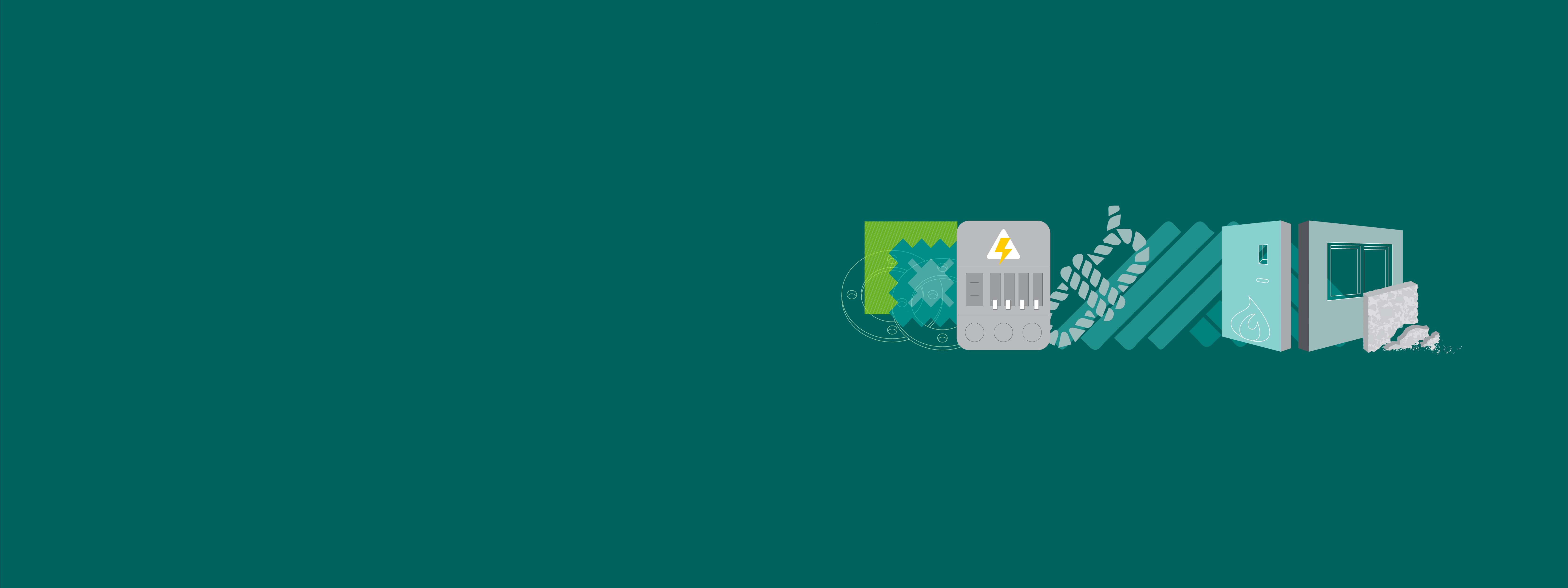Asbestos is the name given to a group of naturally occurring mineral fibres found in rock formations. All forms of asbestos are carcinogenic to humans. Asbestos becomes a risk to health if fibres are released into the air and breathed into the lungs. Exposure to asbestos fibres causes cancer of the lung, larynx, ovaries and mesothelioma (a cancer of the pleural and peritoneal linings). Asbestos exposure is also responsible for other diseases such as asbestosis (fibrosis of the lungs).
In Australia, asbestos was used in a wide range of building products and materials until the late 1980s. The use, import and export of asbestos-containing materials (ACMs) was prohibited in Australia at the end of 2003.
There are several websites you can visit to learn about asbestos, including Asbestos in Victoria(opens in a new window).
Asbestos is a known carcinogen that causes fatal and debilitating diseases. It kills 4000 Australians every year.
Asbestos is banned throughout Australia, and its pervasive use over the last 100 years has created a legacy of ACMs in the built environment.
More than 3000 products containing asbestos were used in Australia before asbestos was banned, including:
- fire blankets and curtains and insulation in heaters and stoves
- shingles or tiles (external or ceiling)
- corrugated asbestos cement roofing sheets and ceiling insulation products pipes
- tubes or fittings (for example, flue pipes) and lagging or jointing materials (including on pipes) asbestos rope, electrical cloth and tapes, mastics, sealants, putties, adhesives and heat-resistant sealing and caulking compounds
- textured paints or coatings and asbestos bitumen damp-proofing products
- compressed, rubberised or polymerised asbestos fibre gaskets and seals floor coverings (for example, vinyl asbestos tiles) and the backings of linoleum floor coverings
- brake pads and clutch facings and electrical switchboard panels.1
ACM products in buildings vary in age from 30 to 100 years old; the majority of ACMs were manufactured between 30 and 60 years ago and have been in place for the same period. Many asbestos products are now in an advanced state of degradation, increasing the risk of airborne fibre release.
ACMs that, when manufactured or installed, were not friable can become friable in the course of ageing, deterioration, disturbance or damage, and release asbestos fibres. Research by ASEA showed that ageing ACMs remain in place even though they are beyond their product life. The research reinforced that weathering, damage and disturbance of ACMs can further reduce product life.
Risk control
The Occupational Health and Safety Act 2004 (Vic) s.4 establishes that "the importance of health and safety requires that employees, other persons at work and members of the public must be given the highest level of protection against risks to their health and safety that is reasonably practicable in the circumstances".
This is done by applying the hierarchy of control, which is a step-by-step approach to eliminating or reducing risks. It ranks risk controls from the highest level of protection and reliability through to the lowest and least reliable protection.
Control hierarchy
These controls (from measures that are most effective at reducing risk to least effective measures) are:
- Eliminate, hazards and risks: this provides highest level of protection and the most effective control: removing asbestos
- Reduce risk with one or more of the following:
- substitute with safer material
- isolate (people from risks)
- engineering controls
- Administrative controls: asbestos registers, asbestos audits, ACM signage
- Personal protective equipment: respirators, goggles, body suits
Download the PDF version:
Medical and government experts have confirmed that removing asbestos is the most effective way to deal with asbestos risk, including the risk of asbestos-related disease.
“The most effective way to manage the long-term risks of exposure to asbestos is via its complete removal. Organisations opting to proactively remove asbestos reduce risk to employees and contractors, remove the need for ongoing maintenance and asbestos audits, and ultimately increase the value and potential reuse options for the site.”
~ Asbestos Safety and Eradication Agency2
“Whilst we have asbestos in our built environment, people will continue to inadvertently drill into it, sand it or dismantle it, so I think the less asbestos there is, the more likely we are to be able to control the incidence of this disease.”
~ Professor Anna Nowak, Director, University of Western Australia National Research Centre for Asbestos-Related Diseases 3
1 ASEA, National Asbestos Profile for Australia, Nov 17, p.16 - https://www.asbestossafety.gov.au/sites/default/files/documents/2017-12… - accessed 27.7.22 The website www.asbestosawareness.com.au includes a comprehensive database of commonly used ACMs in Australia, mostly found in buildings.
2 https://www.asbestossafety.gov.au/sites/default/files/documents/2018-01… - p-6.-8.
3 Prof Anna Nowak, Director UWA’s National Research Centre for Asbestos Related Diseases, quoted in West Australian, 18 Nov 2018, p.16 “Push for asbestos removal payment”, Pheobe Warne.
Updated

